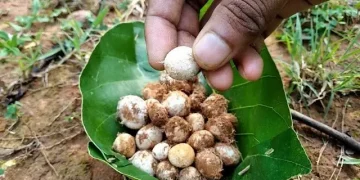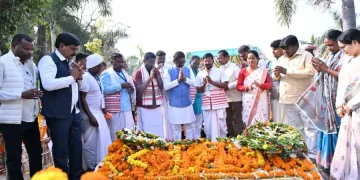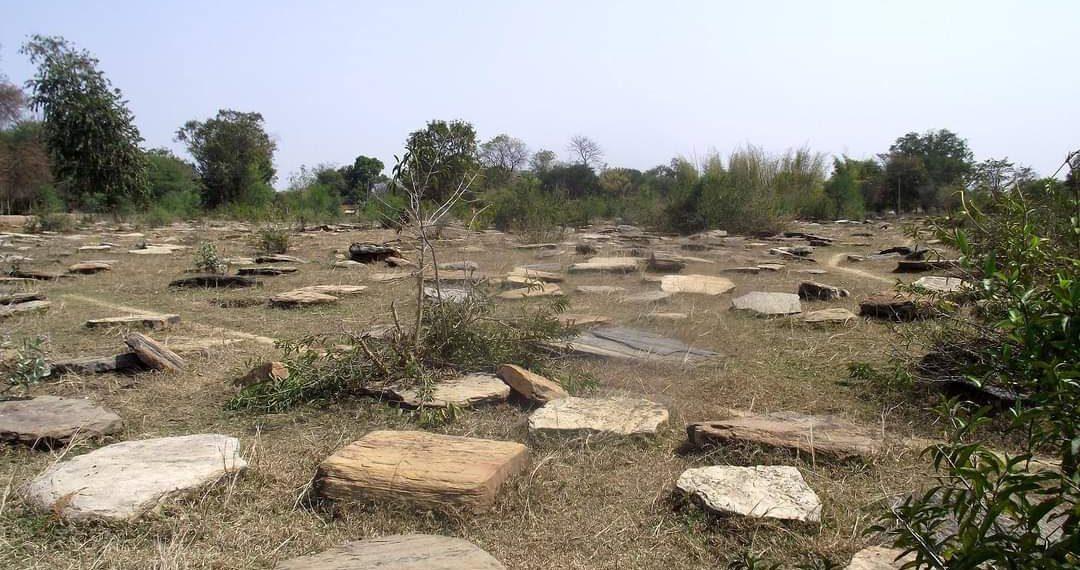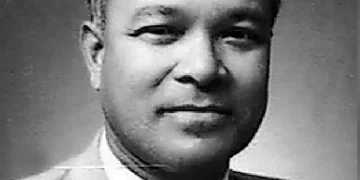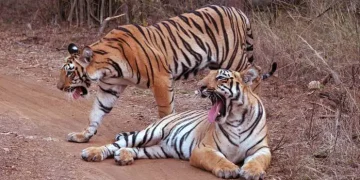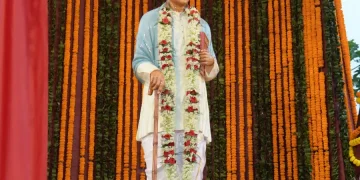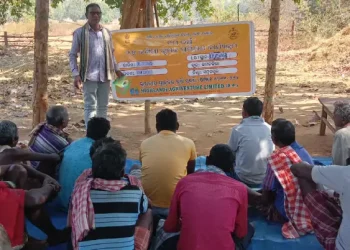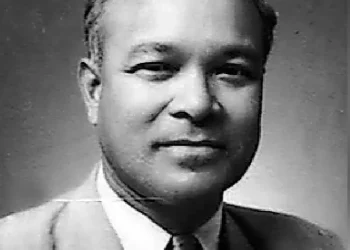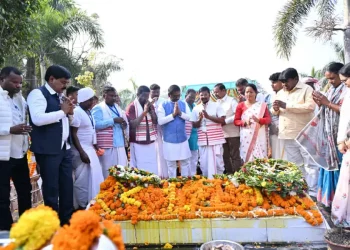The megaliths of Chokahatu in the Sonahatu block of Ranchi district continue to await the status of a World Heritage site tag from the UNESCO even as Union Tribal Affairs Minister Arjun Munda’s visit to the area and his positive assurances after taking stock of the things, a few months back, seems to have added a new energy among the pioneers of the movement, especially the local social outfits.
On their own, they have initiated moves for cleaning up the area and erecting boundary walls and fences around the megalithic site. And the State government and Archeological Survey of India too have been requested to do the needful.
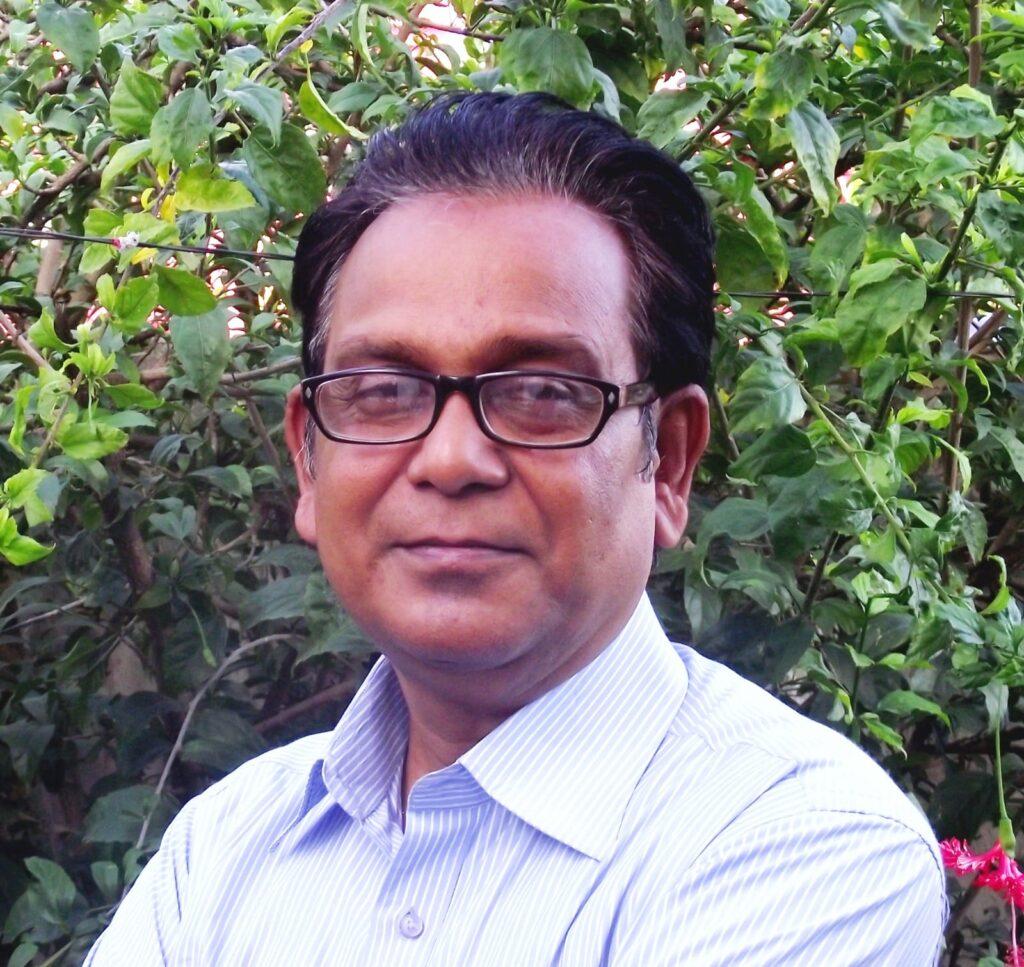
Megaliths expert Subhashish Das, who is also a well-known author, independent researcher and someone credited with “rediscovering” these megaliths around three and a half decades back, pointed out that these are more than 2,000 years old. Since then, through his articles and deliberations on various forums, he has been struggling hard to evoke consciousness for their conservation.
He explains to The Indian Tribal that by origin, Chokahatu is austric Mundari, which means a place of mourning. This has lent name to the village whose predominant population is still Austro Asiatic Munda tribe. The burial site in the austric Mundari dialect is called ‘hargarhi’ or ‘harsali’ and the likes.
A popular folktale of the Mundas narrates that after being chased away by the Aryans from the Indus valley, they settled in this area over 2,800 years back. They had brought along their megalithism and introduced the Khuntkatti system of land ownership for a peaceful living here, which is still in practice.
What Is A Megalith?
After death, the Mundas, Oraons, Asurs and Hos, in particular, collect the last remains of the dead in an earthen pot and bury them in ground. Thereafter they erect stones of different shapes and sizes at the particular places in their honour. At times, the shape and size and the quality of stones used therein also symbolize the socio-economic status of the soul lying underneath, before saying goodbye to this ruthless world. Certain Dalit communities too ritualistically bury the bones of the dead near the sacred stones or megaliths.
However, all megaliths are not associated with death. Many were used for astronomical observations and commemoratives of special occasions and individuals – Pathalgadi.
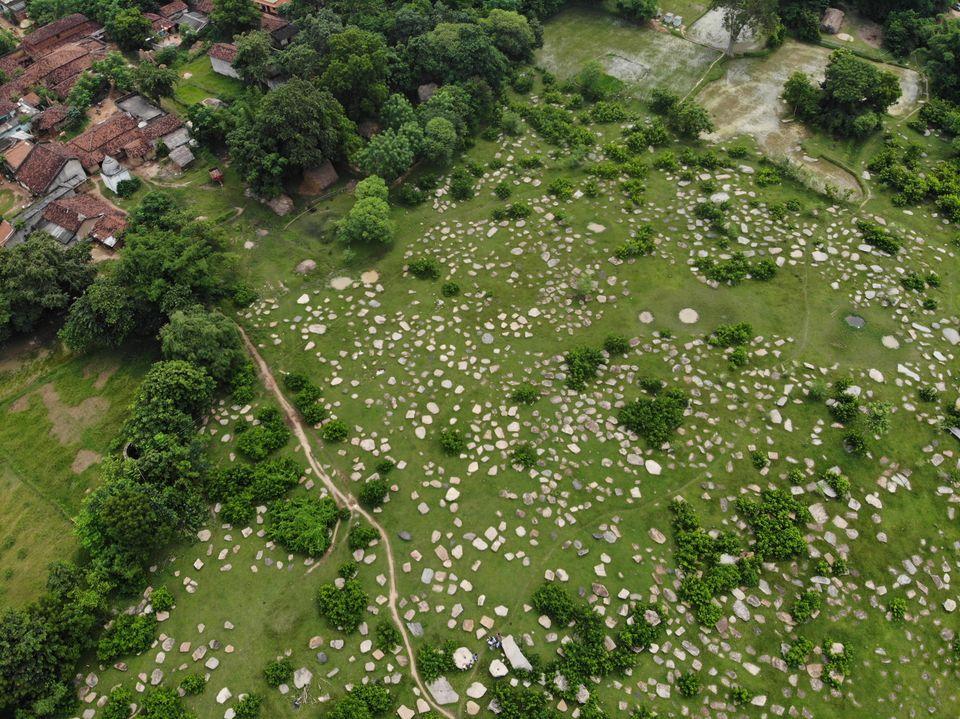
The History
In 1873, through an article published in the Asiatic Society of Bengal, Col E.T. Dalton, the then Commissioner of Chhota Nagpur, told about these megaliths. He visited the spot in 1872 after being informed by one T.F. Peppe and found around 7,360 tombs mostly of dolmen or cromlech form.
Since then researchers from all over the world have been visiting the area. Things didn’t move though towards ensuring the heritage site status. “When I first visited Chokahatu, the villagers were surprised because I was the first ‘local outsider’. So long they had visitors from Norway, Finland and the likes,” Das maintains.
“There are around 32–33 historical sites in Jharkhand including the megaliths of Chokahatu, Maluti Temple in Dumka and Palamu Fort that are proposed to be developed as World Heritage sites. We have sought detailed reports from the deputy commissioners of the districts concerned. Appropriate actions would be taken accordingly,” State’s Art, Culture, Tourism, Sports and Youth Affairs Department Secretary Manoj Kumar informs The Indian Tribal.
What’s The Impediment?
One of the basic conditions of a World Heritage Site is that it should be spread over an area of at least seven acres of land and that there should be no human habitations around. These megaliths conf0rm to the eligibility of being spread over seven acres of land, but several families are living quite close to the megaliths, contrary to the no human habitation close. However, people are hopeful that an amicable solution will be worked out soon.

